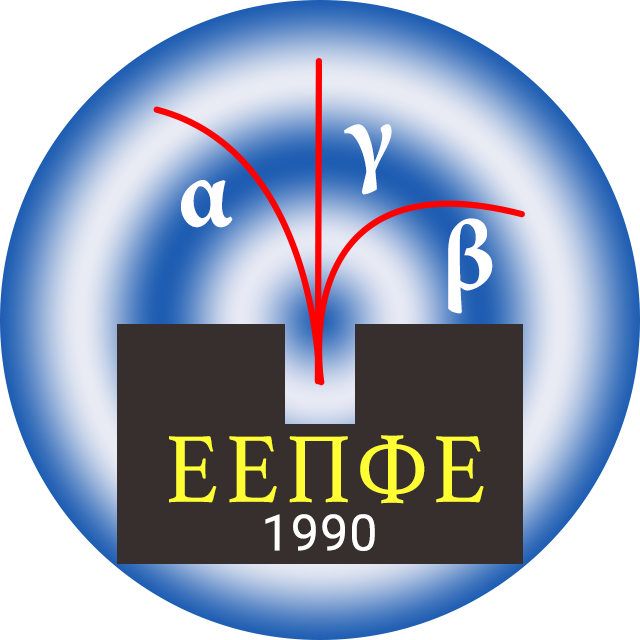This item is provided by the institution :
 Hellenic Nuclear Physics Society
Hellenic Nuclear Physics Society
Repository :
Annual Symposium of the Hellenic Nuclear Physics Society
| ΕΚΤ eProceedings

